Top speed 1,118 km/h Length 14 m | Wingspan 11 m First flight April 25, 1955 | |
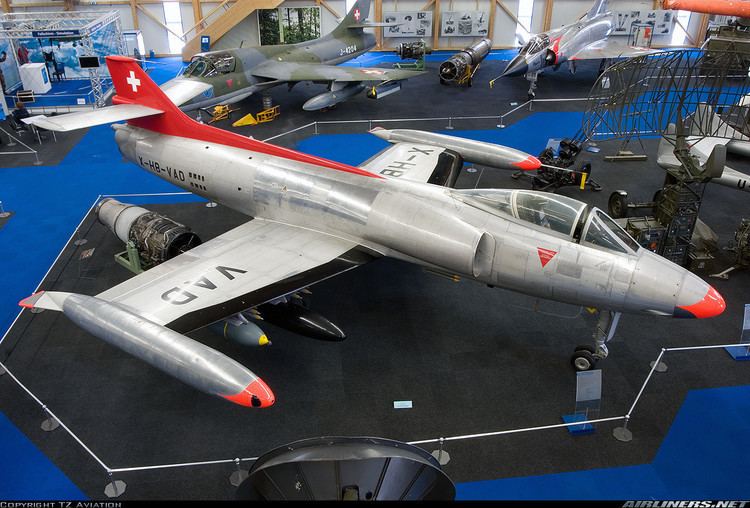 | ||
Manufacturer | ||
Ffa p 16 the swiss tank hunter
The FFA P-16 was a Swiss prototype ground attack jet fighter designed in the 1950s by Flug- und Fahrzeugwerke AG to replace the piston-engined types then in service with the Swiss Air Force. The project was terminated in favour of the British-built Hawker Hunter before it was introduced into service.
Contents
- Ffa p 16 the swiss tank hunter
- Ffa p 16 mk iii rc scale model edf jet flight demonstration jetpower messe 2015
- Design and development
- Variants
- Testing and evaluation
- Proposed variants to be built by AFU
- Specifications Mark III
- References
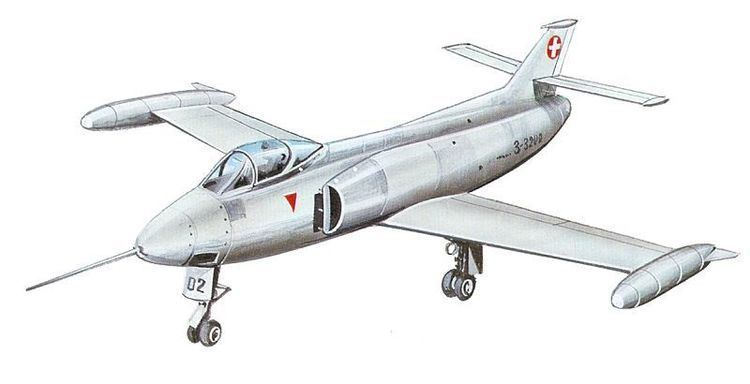
The FFA P-16 was Switzerland's second attempt to develop a domestically-designed and manufactured jet fighter, after the EFW N-20.
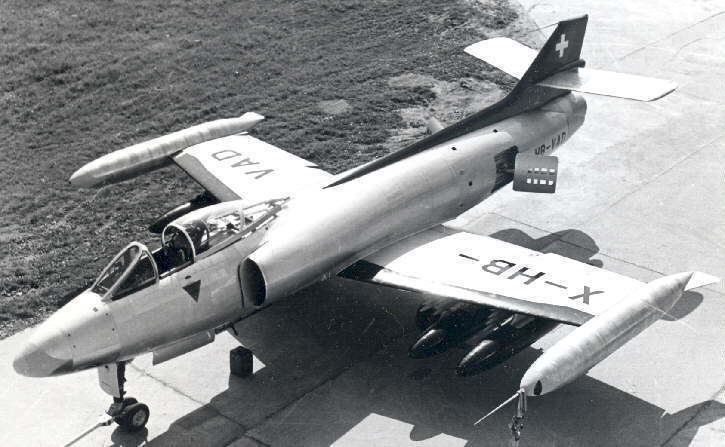
Ffa p 16 mk iii rc scale model edf jet flight demonstration jetpower messe 2015
Design and development
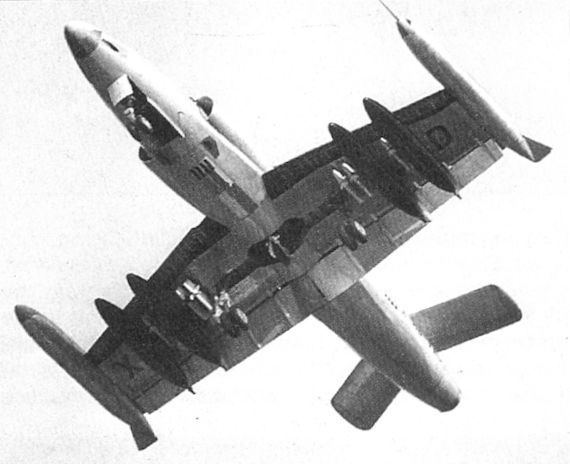
The P-16 was designed to be especially well-suited to the close-support role, and short-field performance was also emphasized. The resulting aircraft was a single-seat, single-engine design with intakes on the fuselage sides and a low wing. The horizontal stabilizer was mounted halfway up the fin. To ensure good performance from unprepared fields, heavy undercarriage and dual wheels and tires were fitted. The straight, low aspect ratio wing was of multi-spar construction with various high-lift devices including full-span Krueger flaps on the leading edge, large Fowler-type flaps on the inboard trailing edge, and ailerons which also operated as flaps. These devices allowed the aircraft to take off and land within 1,000 ft (330 m) at high altitude, allowing it to operate from the Alpine valleys characteristic of Switzerland.
Variants

Testing and evaluation
Two prototypes were ordered in 1952, the first one flying on 25 April 1955. Although this aircraft (J-3001) was destroyed in a crash on 25 April having made 22 flights with a total flight time of 12 h 38 min, a development contract for four pre-production aircraft was awarded. On 15 August 1956, the second prototype exceeded the sound barrier for the first time. It completed another 310 flights by March 1958 after which it was scrapped.
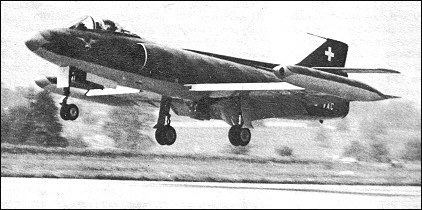
The pre-production machines (designated Mk II) differed from the prototypes in a variety of ways, most importantly in using the more powerful Sapphire 7 engine in place of the prototype's Sapphire 6.
Test flights proved promising, and a new contract was awarded in 1958 for 100 aircraft. But when the first pre-production machine (J-3003) was destroyed in a crash on 25 March 1958 after 102 flights, the government cancelled the entire order and bought Hawker Hunters from the UK instead.
FFA continued the program at its own expense for a while, completing two more aircraft to MK III standard, but was unable to attract buyers. These two aircraft (X-HB-VAC/J-3004 and X-HB-VAD/J-3005) first flew in July 1959 and March 1960 respectively. Their last flights were in April 1960 and June 1960.
As of 2007, only a single example, assembled from parts of two of the prototypes, remains in existence. It is on display at the Swiss Air Force Museum at the Dübendorf Air Base.
Certain design concepts of the P-16 were used by Bill Lear when developing the first of the highly successful Learjet family of business jets.
Proposed variants to be built by AFU
Aktiengesellschaft für Flugzeugunternehmungen proposed several variants:
Specifications (Mark III)
Data from Switzerland's P-16: Father of the Learjet
General characteristics
Performance
Armament
